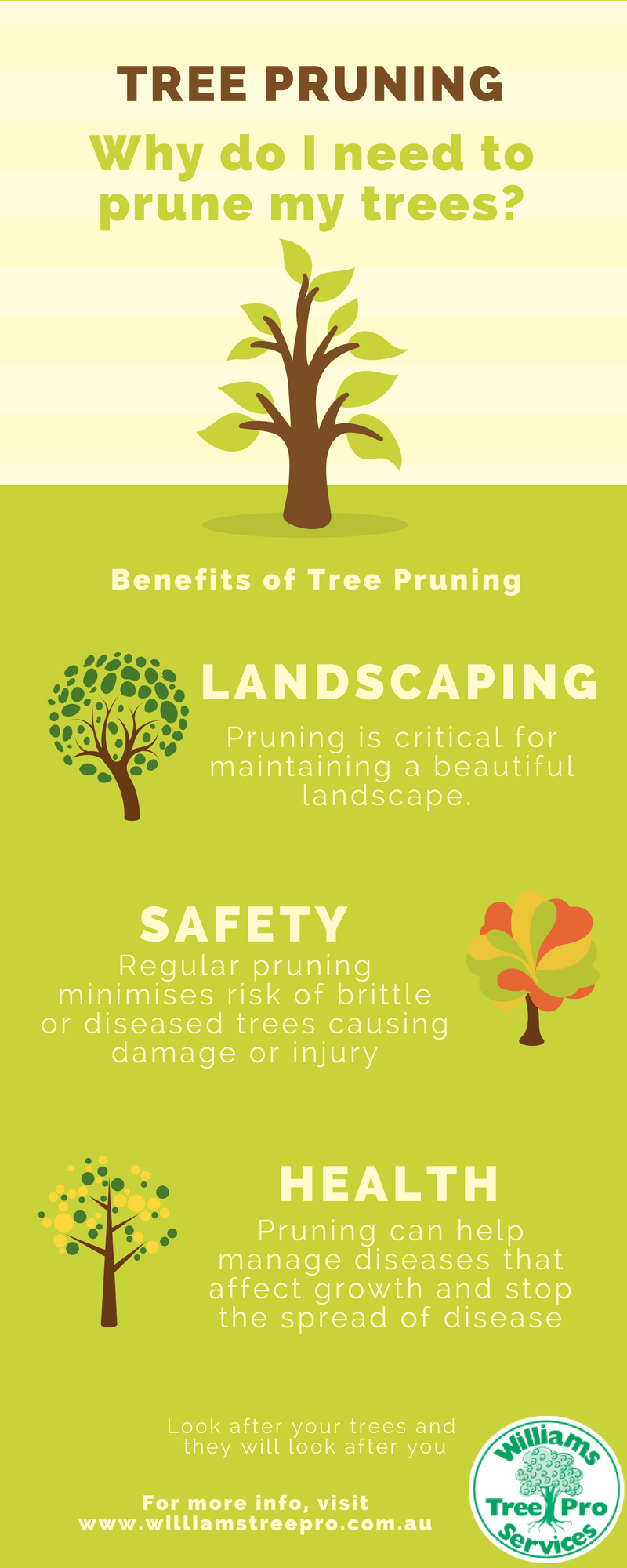Post-Tree Elimination Upkeep: Efficient Approaches For Landscape Restoration
Post-Tree Elimination Upkeep: Efficient Approaches For Landscape Restoration
Blog Article
Author-Hinrichsen Cho
After a tree's removal, your landscape may look rather various, and it's essential to evaluate the results meticulously. You'll intend to review the dirt disturbance and inspect bordering plants for any indicators of stress and anxiety. Overlooking these aspects can result in bigger troubles down the line. So, what should you make with those stumps and roots? And just how do you select the very best plants for your rejuvenated area? Let's discover these important steps.
Assessing the Results: Reviewing Your Landscape
After a tree removal, it's essential to assess your landscape to understand the effect it carries your backyard.
Start by taking a look at the area where the tree stood. Try to find signs of dirt disturbance, and check the surrounding plants for any stress or damages.
You need to likewise take note of exactly how the elimination has changed sunshine exposure and air flow in your yard. This shift can affect the development of nearby plants, so it's essential to evaluate their wellness.
Take into consideration the aesthetic facets as well; the elimination may produce an open space that you can redesign.
Finally, consider any type of prospective disintegration problems that could develop from the tree's lack. Resolving https://www.countryliving.com/gardening/garden-ideas/g29816826/garden-edging-ideas/ will help bring back equilibrium to your landscape.
Handling Stumps and Roots: Options for Elimination
Once you've examined the consequences of the tree removal, you'll likely need to deal with the stump and origins left behind.
You have a couple of alternatives for elimination. One effective technique is stump grinding, where an expert makes use of a device to grind the stump to underground level. This strategy leaves marginal interruption to your landscape.
If you choose a do it yourself approach, you can make use of a combination of digging and chemical stump eliminators. Just remember, this process can require time and effort.
Conversely, think about leaving the stump as a natural feature, which can function as an one-of-a-kind yard element or environment for wildlife.
Whatever you select, dealing with the stump and origins is crucial for recovering your landscape.
Picking the Right Plants for Your New Area
As you evaluate your recently gotten rid of area, picking the right plants can considerably improve your landscape's charm and functionality.
Begin by thinking about the sunshine and dirt problems. For sunny areas, opt for drought-resistant plants like lavender or succulents. In shaded spots, ferns and hostas grow well.
Consider the dimension and growth routines of your plants; mix perennials and annuals for seasonal range. Don't neglect to integrate indigenous varieties; they need less upkeep and support local wildlife.
please click the next website in odd numbers for an extra natural look and produce layers for aesthetic depth.
Lastly, ensure you have a mix of shades and structures to maintain your landscape dynamic throughout the seasons.
Happy growing!
Conclusion
To conclude, restoring your landscape after tree elimination is a satisfying process. By evaluating the results, dealing with stumps and origins, and picking the right plants, you'll create a successful atmosphere. Don't neglect to include erosion control steps to shield your soil. With a little initiative and care, you can transform your area right into a lively garden that improves your residential or commercial property. Welcome the chance to renew your landscape and enjoy the appeal of nature right in your backyard!
